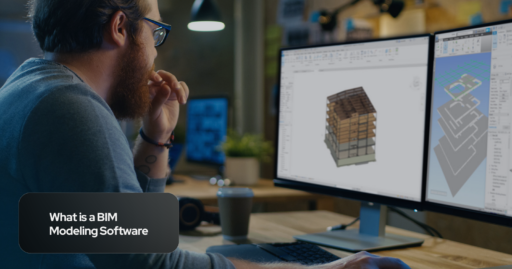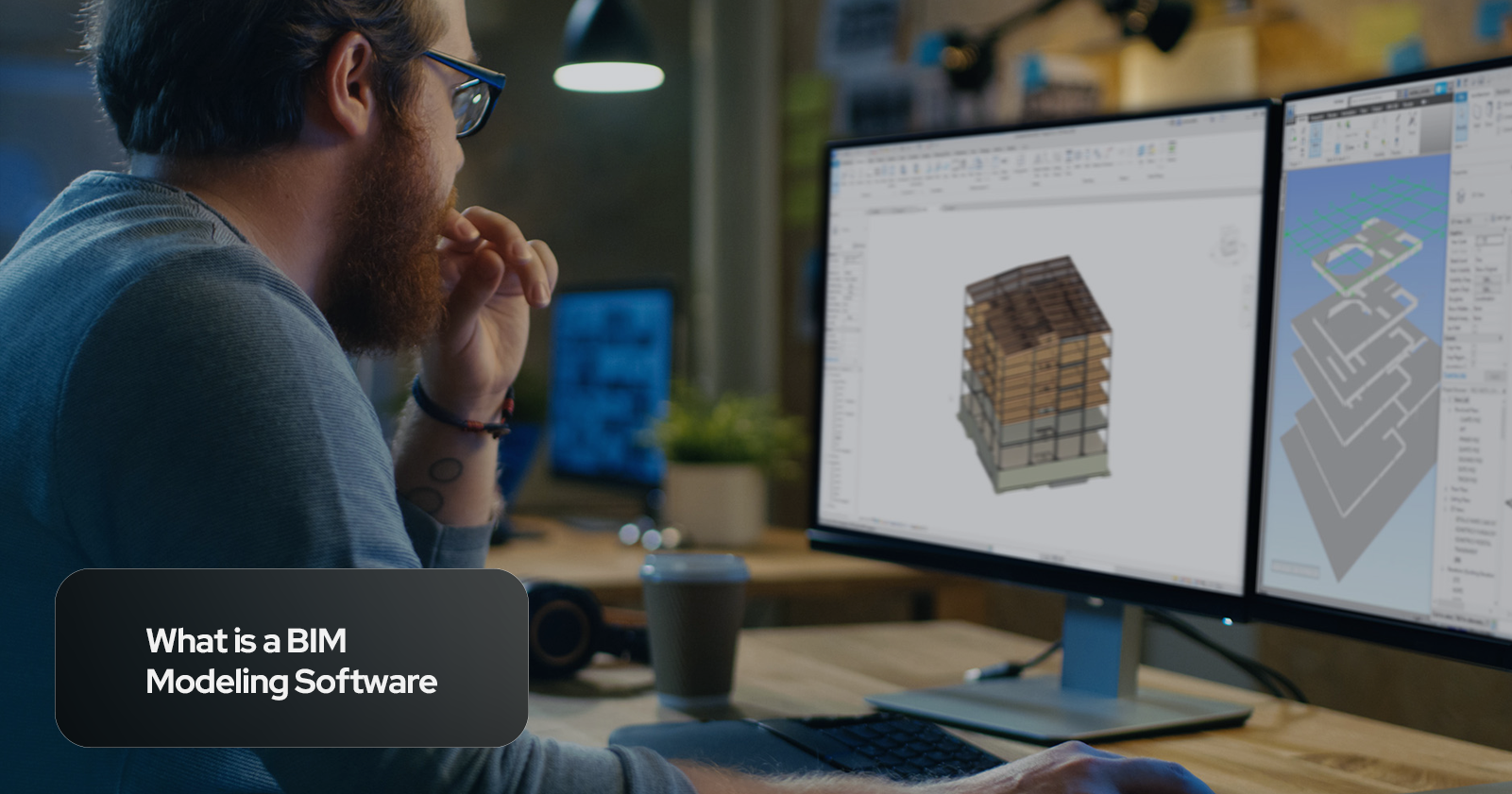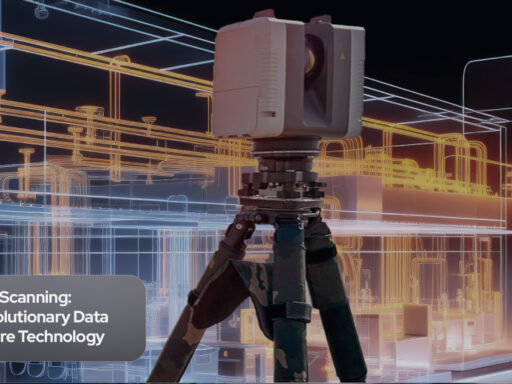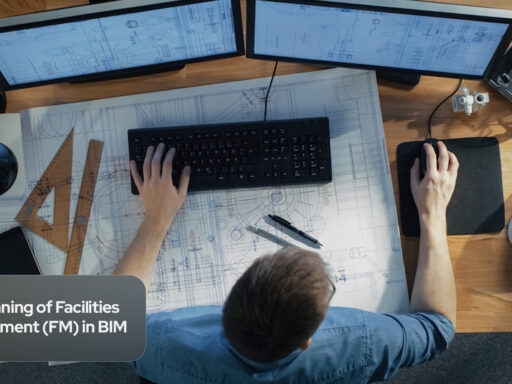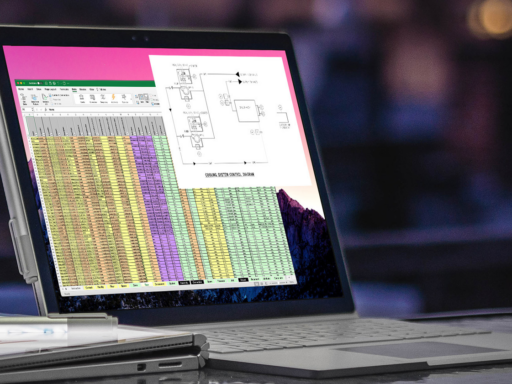Building Information Modeling (BIM) Software is a tool that refers to a methodology of work. It allows you to create and manage digital representations of physical buildings. This type of software enables you to design, visualize, simulate and analyze all aspects of a building project, from its structure to its systems, components and efficiency.
Aspects of BIM Software
These are the five points that describe BIM software and its uses in the construction industry:
- Design: BIM software provides a comprehensive set of tools for creating detailed 3D models, allowing you to easily design and modify different elements of the project.
- Visualization: With BIM software you can generate realistic 3D visualizations of your design, helping you to communicate your ideas better to clients and stakeholders.
- Simulation: BIM software enables you to simulate and analyze energy performance, lighting and acoustics. This allows you to optimize your design and make informed decisions.
- Collaboration: BIM software facilitates collaboration and coordination among different stakeholders involved, allowing for better communication, reduced errors and improved efficiency.
- Data Management: BIM software allows you to store and manage all the data related to your building project, including specifications, materials and cost estimates. This makes it easier to track and update information throughout the project lifecycle.
How to Find the Perfect BIM Software
When it comes to choosing the best BIM software, it’s essential to do research. What should you take into account when researching? Here are five suggestions:
- Compatibility with your existing software and systems, so you can ensure a smooth integration and workflow.
- User-friendly interface for easy adoption and efficient usage.
- Collaboration tools that allow all team members to work together in real-time, this can greatly improve communication and productivity.
- Scalability is also important, as your software should be able to handle projects of various sizes.
- Customer support is essential to ensure that you have assistance whenever you encounter any issues or need guidance.
Types of BIM Software
BIM Modeling and Architectural Design Programs
Examples of the most widely used programs for creating digital twins:
-
- Revit (Autodesk)
- ArchiCAD (Graphisoft)
- Allplan (Nemetschek)
- AECOsim Building Designer (Bentley Systems)
Software for Digital Twin Visualization
The tools presented below are viewers for visualizing digital twins:
-
- A360 (Autodesk)
- BIMx (Graphisoft)
- Solibri (Nemetschek)
- BIMcollab ZOOM
- usBIM Viewer (ACCA)
Tools in Construction Planning (4D)
The fourth dimension of the BIM methodology addresses time management in the project:
-
- Project (Microsoft)
- Navisworks (Autodesk)
- Synchro (Bentley Systems)
- Vico Office
BIM Cost Estimation (5D)
In the 5D, there are various applications based on the difficulty level of your BIM project:
-
- Arquímedes (CYPE)
- Cost It (Presto)
- Gest (Graitec)
Energy Analysis (6D)
The 6D dimension focuses on energy assessment and environmental management in BIM projects:
-
- Green Building Studio (Autodesk)
- Ecodesigner STAR (Graphisoft)
Software for Facility Management (7D)
The last step is to manage the information throughout the building’s lifecycle:
-
- Maximo Asset Management (IBM)
- Archibus

